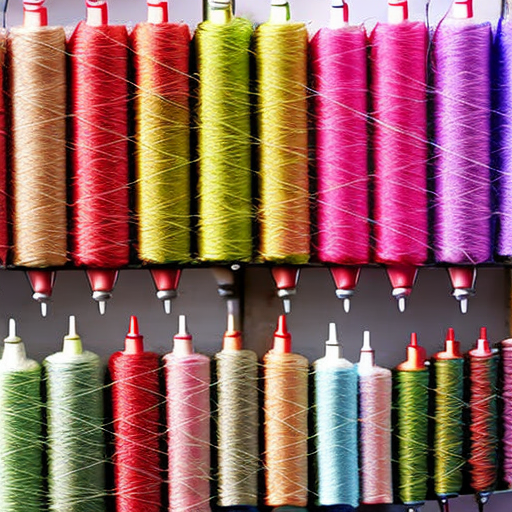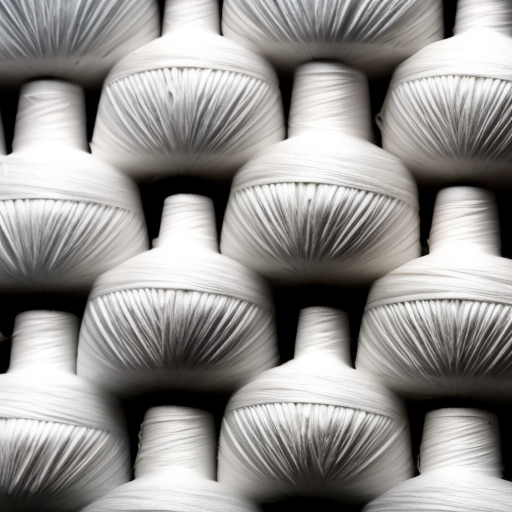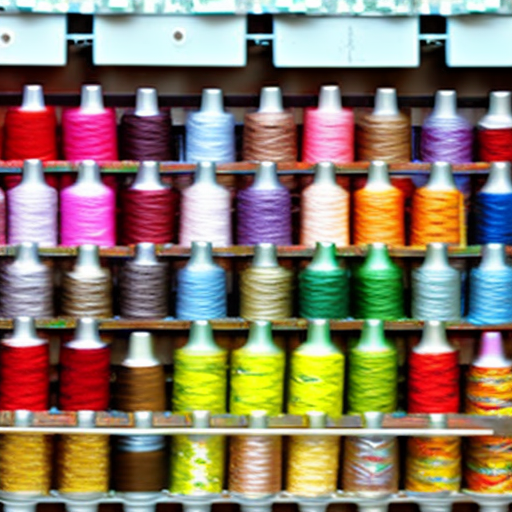
When it comes to the world of sewing, threads are an essential component that holds everything together. In the realm of fabrics that need to be stitched or joined, sewing threads play a vital role in ensuring a secure and durable bond.
What Are Sewing Threads?
Sewing threads are thin, continuous strands of fibers that are used to create stitches in various fabrics. These fibers can be made of materials like cotton, polyester, silk, nylon, or a combination of different fibers, each offering unique characteristics and purposes.
The Importance of Choosing the Right Thread
Using the correct sewing thread is crucial to achieve the intended outcome and ensure the longevity of the finished product. A thread that is too weak may break under tension, while a thread that is too strong may cause the fabric to tear. Therefore, understanding the properties of different threads and selecting the appropriate one is essential.
Types of Sewing Threads
There are various types of threads available, each designed for specific sewing requirements:
1. Cotton Thread
Cotton thread is one of the most commonly used threads, known for its versatility. It works well with lightweight fabrics and is ideal for sewing natural fibers. It not only provides strength but also offers breathability and color-fastness.
2. Polyester Thread
Polyester thread is durable and suitable for a wide range of fabrics. It is resistant to shrinking, stretching, and fading. Polyester threads are commonly used in garments, home furnishing, and heavy-duty sewing projects. They are also known for their color retention, making them a popular choice for vibrant and long-lasting stitches.
3. Silk Thread
Silk thread is considered a luxury thread due to its fine and lustrous nature. It is mainly used for delicate fabrics, embroidery, and other decorative stitching. Silk thread provides excellent strength and adds an elegant touch to projects.
4. Nylon Thread
Nylon thread is highly resilient and suitable for sewing projects that require extra strength and durability. It is commonly used for upholstery, outdoor furniture, camping gear, and heavy-duty bags. Nylon thread also offers excellent resistance to abrasion, mildew, and chemicals.
Choosing the Right Sewing Thread
It is essential to understand the specific requirements of your sewing project to select the appropriate thread. Consider factors such as fabric weight, type, and the desired outcome. Also, take into account the thread’s performance characteristics, such as tensile strength, elasticity, and color-fastness.
Remember to match the thread’s weight and fiber content to the fabric you are using. Using the right thread will not only ensure the integrity of your stitching but also enhance the overall appearance of your finished product.
Conclusion
Sewing threads are the silent heroes that hold our creations together. From basic stitching to intricate embroidery, choosing the right thread is vital to achieving reliable and visually appealing results. So, next time you embark on a sewing project, pay attention to the thread you choose, and enjoy the satisfying feeling of creating something beautiful with the perfect stitch.





Interesting information.
Such a helpful post! #sewing
Amazing article, great job!
This is really useful for all sewing enthusiasts – clear, concise and full of useful information! #sewists
Fantastic post! So helpful to novice sewists. #sewing #threads #learning